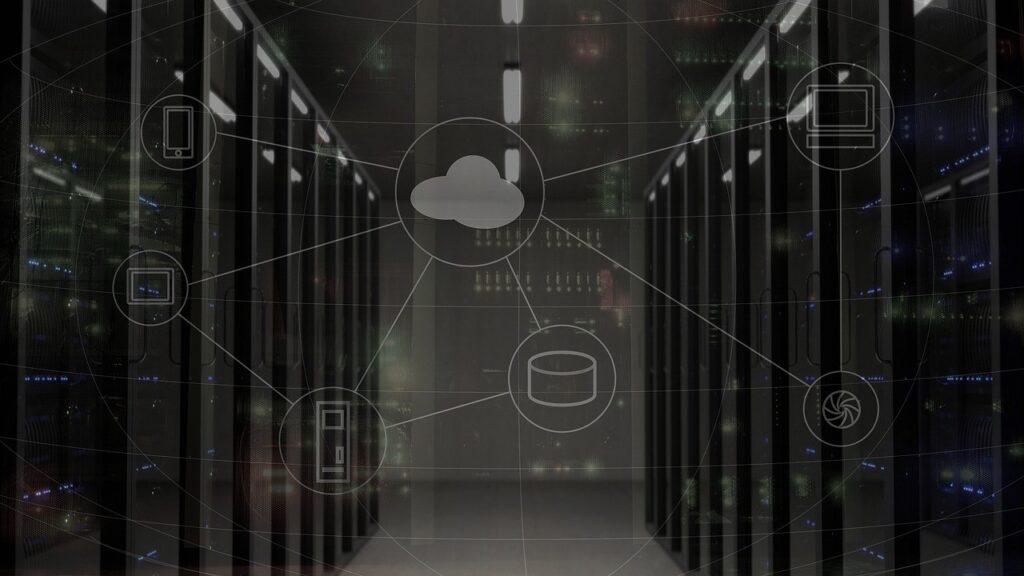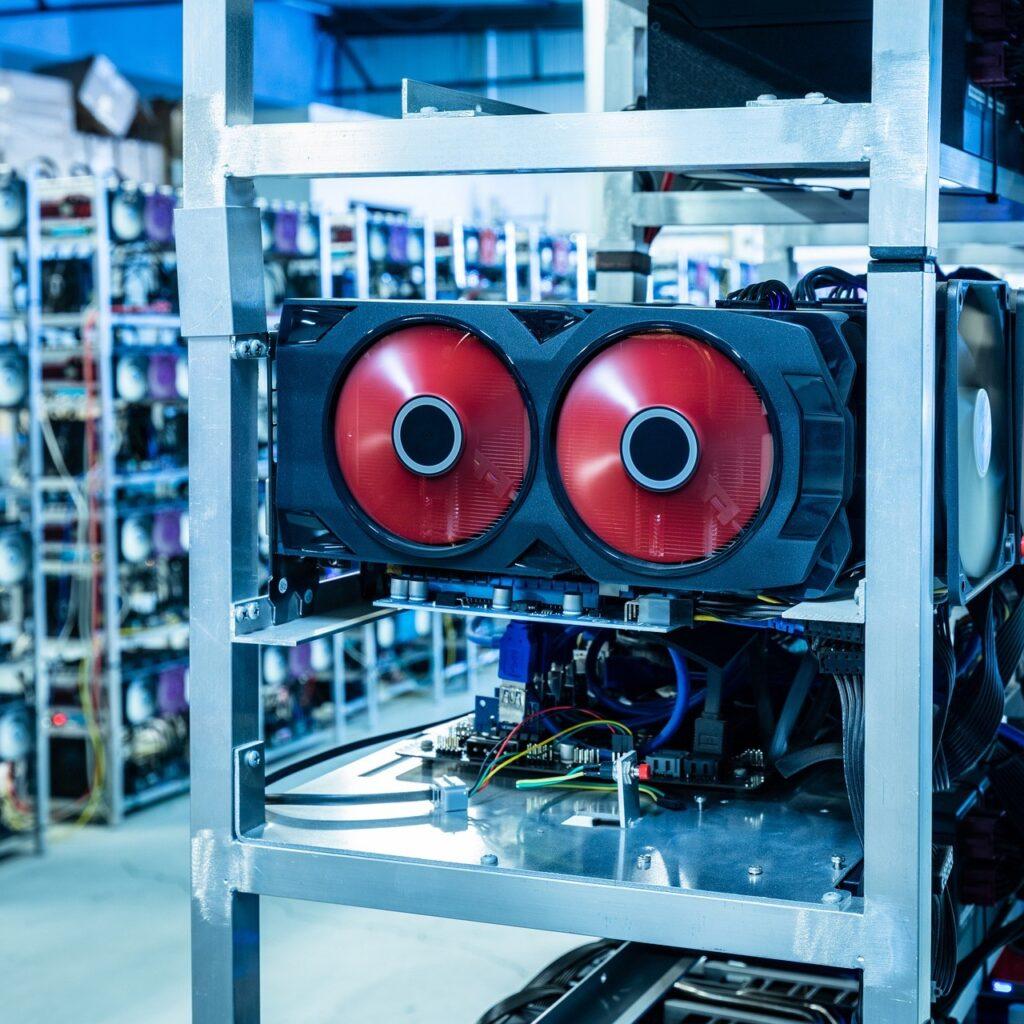Last Updated on April 28, 2023

- The Amazing Evolution of RMM: From Simple Scripts to High-Tech Solutions
- Unlocking the Power of RMM: The Key Features You Need to Know
- Revolutionizing Small and Medium-Sized Businesses: The Benefits of RMM
- RMM 2.0: The Future of Remote Monitoring and Management
- RMM is a must-have to stay competitive in a fast-changing business world
Technology is crucial to daily operations in today’s fast-paced business world. From managing finances to communicating with customers, businesses rely heavily on technology to get things done. But as businesses become more reliant on technology, managing their IT infrastructure becomes more complicated and time-consuming.
That is where remote monitoring and management (RMM) comes in. But what is RMM? It is a technology solution that allows businesses to manage their IT infrastructure remotely. It is like having a team of IT professionals monitoring your systems constantly, identifying issues, and taking action to resolve them. And the best part? You can do it all remotely, saving businesses time and money.
In this article, we will do a deep dive into what RMM is, how it works, and its many benefits. Whether you are a small business owner or a manager at a larger corporation, understanding RMM is crucial for staying ahead of the curve in today’s ever-changing business landscape. So, let’s get started!
The Amazing Evolution of RMM: From Simple Scripts to High-Tech Solutions
When it comes to managing IT infrastructure, the past decade has brought about some genuinely unexpected changes. The evolution of RMM is no exception.
Believe it or not, RMM has been around for many years. But the technology has advanced significantly, making it a powerhouse tool for businesses of all sizes. Let us look at its journey from simple scripts to high-tech solutions.
Back in the day, the first RMM solutions were basic. They relied on simple scripts to monitor specific events or statuses on servers or workstations. If something went wrong, the scripts would send an email or text to the IT administrator. It was a straightforward approach, but it had its limitations.
Fast forward to today, and RMM solutions have evolved dramatically. They now offer much more sophisticated monitoring capabilities, including real-time log monitoring, automated alerts, and remote managing and troubleshooting devices. This technology is more innovative, faster, and more efficient than ever.
RMM solutions can now detect issues before they become major problems, thanks to machine learning and artificial intelligence (AI). They can also automatically resolve common problems, allowing IT staff to focus on more complex issues. With this feature, businesses can proactively manage their IT infrastructure, minimize downtime, and ensure smooth operations.
The bottom line is that it has come a long way over the years for RMM, meaning that as technology continues to advance, we can expect even more exciting changes to come. With RMM, businesses have a potent tool for managing their IT infrastructure.

Unlocking the Power of RMM: The Key Features You Need to Know
RMM is a powerhouse tool for managing IT infrastructure, and it all comes down to three key features: monitoring, alerting, and automation. These features are essential to consider if you are looking to compare the best employee performance management software.
Let us start with monitoring. This feature lets IT administrators monitor servers, workstations, and other devices in real-time. But it is not just about checking that everything is up and running. RMM tools can monitor everything, from hardware performance to software usage and network traffic. This level of monitoring allows IT teams to identify potential issues before they become major problems. In other words, RMM tools can differentiate between smooth operations and a system-wide meltdown.
The next feature is alerting. With RMM, IT administrators can set up automated alerts for issues or potential problems. For example, if a server’s hard drive is almost full, the RMM tool can alert the IT administrator. This means that the IT team can take action to resolve the issue before it becomes a major problem. Since the alerts are automated, the IT team can be more efficient and effective in resolving issues.
Finally, there is automation. This feature allows RMM tools to automate many IT tasks. For example, you can automatically deploy software updates, schedule and execute backups, and apply security patches to devices without any manual intervention. This saves time and ensures that IT teams can focus on more complex tasks.

Revolutionizing Small and Medium-Sized Businesses: The Benefits of RMM
RMM is a game-changer for small and medium-sized businesses (SMBs) looking to stay ahead of the curve in a fast-paced business world. Its benefits to businesses are undeniable.
First up, efficiency. RMM tools allow SMBs to monitor their devices and systems in real-time, giving them an eagle-eye view of their IT infrastructure. This means they can identify and tackle issues before they spiral into major problems. With RMM, SMBs can proactively manage their IT systems, keeping their operations running smoothly and efficiently.
But it is not just about avoiding problems. Businesses are always looking to save money and time. RMM can do just that. How? By automating routine tasks, businesses can reduce their time and resources on IT management. Let’s be honest; we could all use a little more time in our day. Businesses can be more productive and efficient by freeing staff time to focus on other vital tasks.
Last but not least is IT security. With the threat of cyberattacks on the rise, SMBs need all the help they can get to keep their systems and data safe. RMM provides a comprehensive approach to IT security, allowing administrators to monitor for potential security threats in real time. This means identifying vulnerabilities before they can be exploited and mitigating any possible damage swiftly.
RMM can also help SMBs with the following:
- Scalability: As a business grows, so does its IT infrastructure. RMM can help SMBs scale their IT operations without sacrificing efficiency or security. RMM can keep up with a growing business by providing real-time monitoring and automation without missing a beat.
- Data Analysis: RMM tools can collect and analyze data on a business’s IT infrastructure. This can help SMBs make informed decisions on optimizing their operations, identify areas of improvement, and plan for the future.
- Customer Satisfaction: RMM can improve customer satisfaction by reducing downtime and preventing disruptions. With RMM, SMBs can proactively identify and fix issues, minimizing the impact on their customers’ experience.
If you are looking for alternatives to helpdesk systems like Help Scout, check out RMM tools, as they offer all-in-one solutions for IT management.

RMM 2.0: The Future of Remote Monitoring and Management
RMM solutions have come a long way since their early days of simple scripts and essential monitoring. With the ever-changing technological landscape, RMM is evolving rapidly, and new trends and technologies are emerging, which are poised to revolutionize how businesses manage their IT infrastructure.
Cloud-based RMM solutions are leading the charge in this transformation. By leveraging the power of the cloud, businesses can enjoy greater flexibility, scalability, and ease of deployment, making it easier than ever to manage their IT infrastructure. Cloud-based RMM solutions also allow companies to remotely manage and monitor their IT infrastructure from anywhere, which is essential in today’s fast-paced business world.
But that is just the tip of the iceberg. AI and machine learning will power the next wave of RMM solutions. These technologies will enable IT teams to be more proactive in their approach to IT management. AI can analyze network traffic and identify potential security threats, while machine learning can predict when devices may fail and proactively replace them before they cause a major outage. This proactive approach to IT management is essential for businesses looking to stay ahead of the curve and avoid costly downtime.
In addition to AI and machine learning, other emerging technologies will revolutionize the RMM landscape. For example, businesses can use the Internet of Things (IoT) to remotely monitor and manage various devices, from sensors to smart appliances. This trend will only continue to grow as more and more devices are connected to the internet, creating new opportunities for businesses to monitor and manage their IT infrastructure.

In short, the future of RMM is bright, and businesses that embrace these emerging trends and technologies will be well-positioned to stay ahead of the curve in a fast-changing business world. With cloud-based solutions, AI and machine learning, and the IoT, the next generation of RMM solutions will enable businesses to be more efficient, proactive, and secure in their approach to IT management.
RMM is a must-have to stay competitive in a fast-changing business world
RMM is a powerful technology solution that can help businesses manage their IT infrastructure more efficiently, save time and money, and improve their IT security. With its real-time monitoring, automated alerting, and automation capabilities, RMM can help businesses identify issues before they become significant problems and take action to resolve them quickly. As the RMM market evolves, businesses can take advantage of emerging trends like cloud-based solutions, machine learning, and AI to further enhance their IT management capabilities.

Leave a Reply